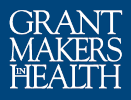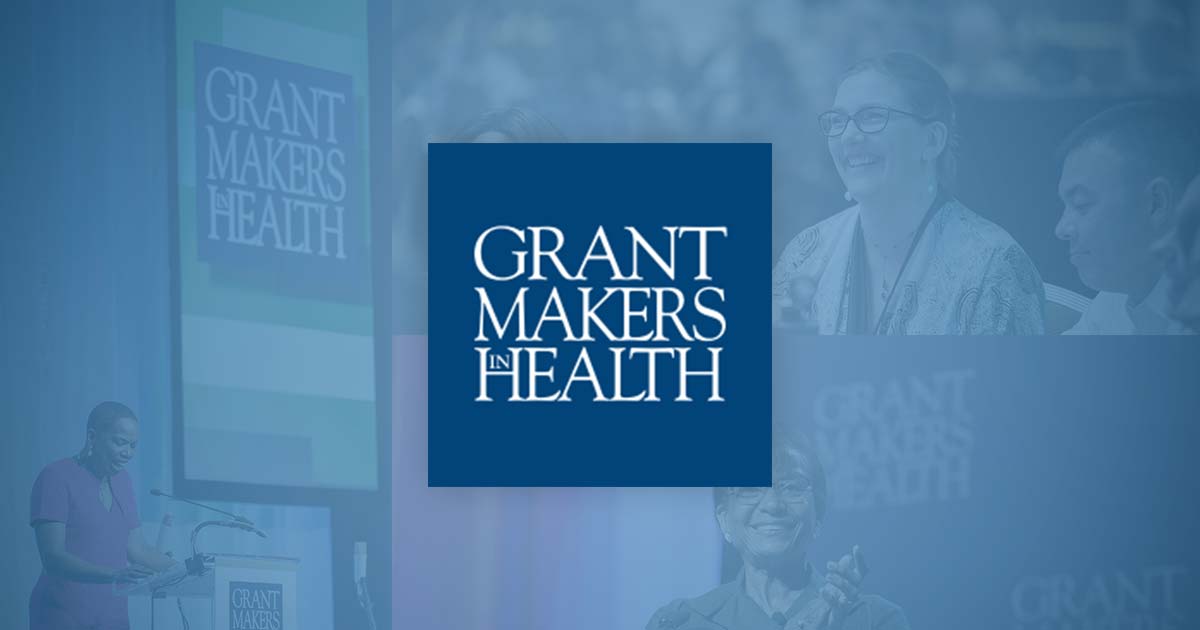Expanding Impact Through Evaluation
Foundations support evaluations for a variety of reasons: to measure impact and monitor program performance; to strengthen program performance by providing feedback to grantees and foundation staff; and to promote broader learning by grantees, the foundation, and the nonprofit community at large.
Behavioral Health for All
Behavioral health conditions, which include both mental health and substance-use disorders, are among the biggest health problems our country faces. Roughly 50 percent of the population will be affected by these conditions at some point in their lives.
St. David’s Foundation
Learn more about St. David’s Foundation’s mission, vision, and approach in this Grantmaker Focus profile.
The Blue Cross Blue Shield of Michigan Foundation
Learn more about Blue Cross Blue Shield of Michigan Foundation’s mission, vision, and approach in this Grantmaker Focus profile.
Gail Christopher to Be Honored with Terrance Keenan Award
Gail Christopher, Vice President for Policy and Senior Advisor at the W.K. Kellogg Foundation, will receive GIH’s 2015 Terrance Keenan Leadership Award in Health Philanthropy.
Aetna Foundation
Learn more about Aetna Foundation’s mission, vision, and approach in this Grantmaker Focus profile.
GIH Announces New Board Members
Antony Chiang, Jacqueline Martinez Garcel, Garth Graham, and Brenda Sharpe have been elected to its board of directors. Their terms begin immediately after the GIH annual conference in March.


